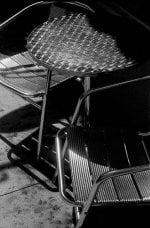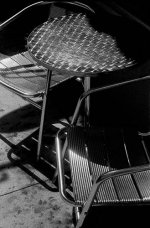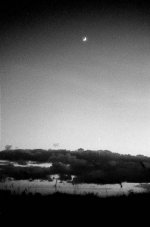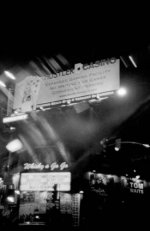Barry Kirsten
Established
I'm about to try some 5222 xx in 35mm. I've previously looked at the project double-x website as a good resource, but now find the site is suspended. I'm wondering if this site is archived somewhere. Anyone know?
Rob-F
Likes Leicas
XX Exposure Guide by Nokton48, on Flickr
TomA sent me this in an email, I created this in word and cutout and glued to backs of old film boxes. I put memo holders on all my Minolta SRT's and SRM's.
I think some might find these useful, they fit in with the title of this thread. I find I concentrate more on lighting and composition when I am not messing around calculating exposures. If I like something I make extra exposure increasing one or two stops, to give myself a choice of best shadow detail and suitability for printing
You didn't mention the shutter speed this table works with. I'm guessing 1/125?
Rob-F
Likes Leicas
I see that 5222/XX is available in 120 at Freestyle. Not cheap, but it's nice to have that option.
dourbalistar
Buy more film
I'm about to try some 5222 xx in 35mm. I've previously looked at the project double-x website as a good resource, but now find the site is suspended. I'm wondering if this site is archived somewhere. Anyone know?
There are a few snapshots of it on the Internet Archive:
https://web.archive.org/web/*/https://project-double-x.com/
Nokton48
Mentor
You didn't mention the shutter speed this table works with. I'm guessing 1/125?
It depends on your choice of development. I like Microdol-X so in sharp shadow sun I'm !/250 at F11. Or 1/125 at F16 as you say here
Rob-F
Likes Leicas
Well, I was thinking that for f/22 to be right with "sharp shadows" implying full direct sunlight, then by Sunny 16, and ISO 250, the exposure could be 1/250 at 16. This would then agree with the 1/125 at 22 shown in the table. But then you are using Microdol-X (where did you find it) which is a speed losing developer. So I think that would explain why 1/250 at 11 works for you.
Actually I find that a "Sunny 11 1/2" rule works better for me than Sunny 16, anyhow. So, your 1/250 at 11, with a slightly lower EI due to the Microdol, sounds really about right.
Actually I find that a "Sunny 11 1/2" rule works better for me than Sunny 16, anyhow. So, your 1/250 at 11, with a slightly lower EI due to the Microdol, sounds really about right.
Freakscene
Obscure member
Microdol-X (where did you find it)
This is basically the same:
https://www.freestylephoto.biz/74971...Makes-1-Gallon)
And for replenisher is easy to make:
Kodak publication J-4027
To make 3 U.S. quarts (2.84 litres) of Microdol-X replenishing solution:
1. Start with approximately 2 U.S. quarts (2 litres) of water at 90-
100?aF (32-38?aC).
2. Add the contents of one packet of KODAK MICRODOL-X Developer (size
to make one U.S. gallon -- CAT No. 196 9724) with sufficient stirring
to keep the chemicals suspended.
3. Add 24 grams of photographic grade Sodium Carbonate, monohydrate.
4. Mix until the components are dissolved.
5. Add water to bring the solution volume to 3.0 U.S. quarts (2.84
litres).
6. Mix until the solution is uniform.
The mixed replenishing solution should be stored in full tightly
capped bottles until used. In partly full, tightly stoppered bottles,
a storage life of about two months would be expected. A starting
point replenishment rate of 30 mL per roll of 135-36 exposure film
(or equivalent) is suggested.
Marty
Nokton48
Mentor
But then you are using Microdol-X (where did you find it) which is a speed losing developer.
LegacyPro Mic-X Film Developer (Makes 1 Gallon) | Freestyle Photo & Imaging
I use it stock strength and store in a glass brown gallon bottle I got from Photographer's Formulary. I replenish it, too. My present stock solution is THREE YEARS OLD now and still working well. In fact I think it gets better with age, as it "seasons". The formula for the Replenisher I can post again if you want; it's buried somewhere in the thread. Microdol-X just lasts forever in stock solution. That is why it was recommended by Kodak as a deep tank developer.
What I like about TomA's chart, is that instead of geeking around with meters, I am examining shadow definition in the scene. Totally bulletproof but not for everybody
EDIT: I see Freakscene beat me to it. LOL
Barry Kirsten
Established
There are a few snapshots of it on the Internet Archive:
https://web.archive.org/web/*/https://project-double-x.com/
Thanks very much, just what I was looking for.
Nokton48
Mentor
Wow. B&H is selling the 400 foot rolls now. A very good thing!
Kodak Eastman Double-X Black-and-White Negative Film 5222 (bhphotovideo.com)
Doing the math, you can get 76 rolls of 36 exposures each from a 400' roll approximately.
Not counting the film cartridges (free to me from local 1 hour) that's approx $4.54 for each 36 exposure roll.
If I use Kodak Snap Caps, and the TomA bulk loading method, you DO NOT need a bulk loader at all. Just tape and scissors in back pocket
Kodak Eastman Double-X Black-and-White Negative Film 5222 (bhphotovideo.com)
Doing the math, you can get 76 rolls of 36 exposures each from a 400' roll approximately.
Not counting the film cartridges (free to me from local 1 hour) that's approx $4.54 for each 36 exposure roll.
If I use Kodak Snap Caps, and the TomA bulk loading method, you DO NOT need a bulk loader at all. Just tape and scissors in back pocket
fmfche
Newbie
Wow. B&H is selling the 400 foot rolls now. A very good thing!
Kodak Eastman Double-X Black-and-White Negative Film 5222 (bhphotovideo.com)
Doing the math, you can get 76 rolls of 36 exposures each from a 400' roll approximately.
Not counting the film cartridges (free to me from local 1 hour) that's approx $4.54 for each 36 exposure roll.
If I use Kodak Snap Caps, and the TomA bulk loading method, you DO NOT need a bulk loader at all. Just tape and scissors in back pocket
As a FYI, you can also order direct from Kodak for a bit cheaper. Ordered 2x 400 ft rolls last year and it was a very easy process. Have not put any through my bulk loader yet, still working on my previous 100ft roll.
https://www.kodak.com/content/produ...-Motion-Picture-Products-Price-Catalog-US.pdf
PRJ
Another Day in Paradise
PRJ
Another Day in Paradise
PRJ
Another Day in Paradise
Ricoh
Well-known
Wow. B&H is selling the 400 foot rolls now. A very good thing!
Kodak Eastman Double-X Black-and-White Negative Film 5222 (bhphotovideo.com)
Doing the math, you can get 76 rolls of 36 exposures each from a 400' roll approximately.
Not counting the film cartridges (free to me from local 1 hour) that's approx $4.54 for each 36 exposure roll.
If I use Kodak Snap Caps, and the TomA bulk loading method, you DO NOT need a bulk loader at all. Just tape and scissors in back pocket
What’s the TomA method?
Nokton48
Mentor
What’s the TomA method?
There was a TomA Youtube that was up quite a long time. In the dark, on a table, you outstretch your arms, holding on to the film, that is about 36 exposures or so. Cut the roll (scissors in back pocket), and tape it to the film spool. Then roll it up being careful and into the cartridge it goes. I use Kodak Snap Caps and I have prolly near a hundred. Just make sure the cap dosen't pop apart when handling. Old Ilford cartridges are nice in that regard. Mine go right in plastic cans I got free from the local one hour. Oh Yes, Tom recommended some good music while doing this as it is a rather monotonous process. This is an easy peasy cheap no frills way to roll a ton of XX. No loader required. Scissors go in back pocket
Bingley
Mentor
Does Cinestill Double X count in this thread? My understanding is that it’s rebranded Eastman 5222 run through Cinestill’s proprietary remjet removal technology. I’ve been shooting a lot of the stuff recently, and developing it Cinestill D96 Monobath. My reason for using D96 is that this is a developer that was created to process bw movie film, and that’s what Cinestill Double X/Eastman 5222 basically is. I’ve been generally pleased with the results, although one takeaway is to pay attention to developer temperature: better results at 21 or 23C than at 20C. I like the way this film/developer combination handles mid-tones in particular. Here are some samples:
 Sand Harbor State Park by Steve Macfarlane, on Flickr
Sand Harbor State Park by Steve Macfarlane, on Flickr
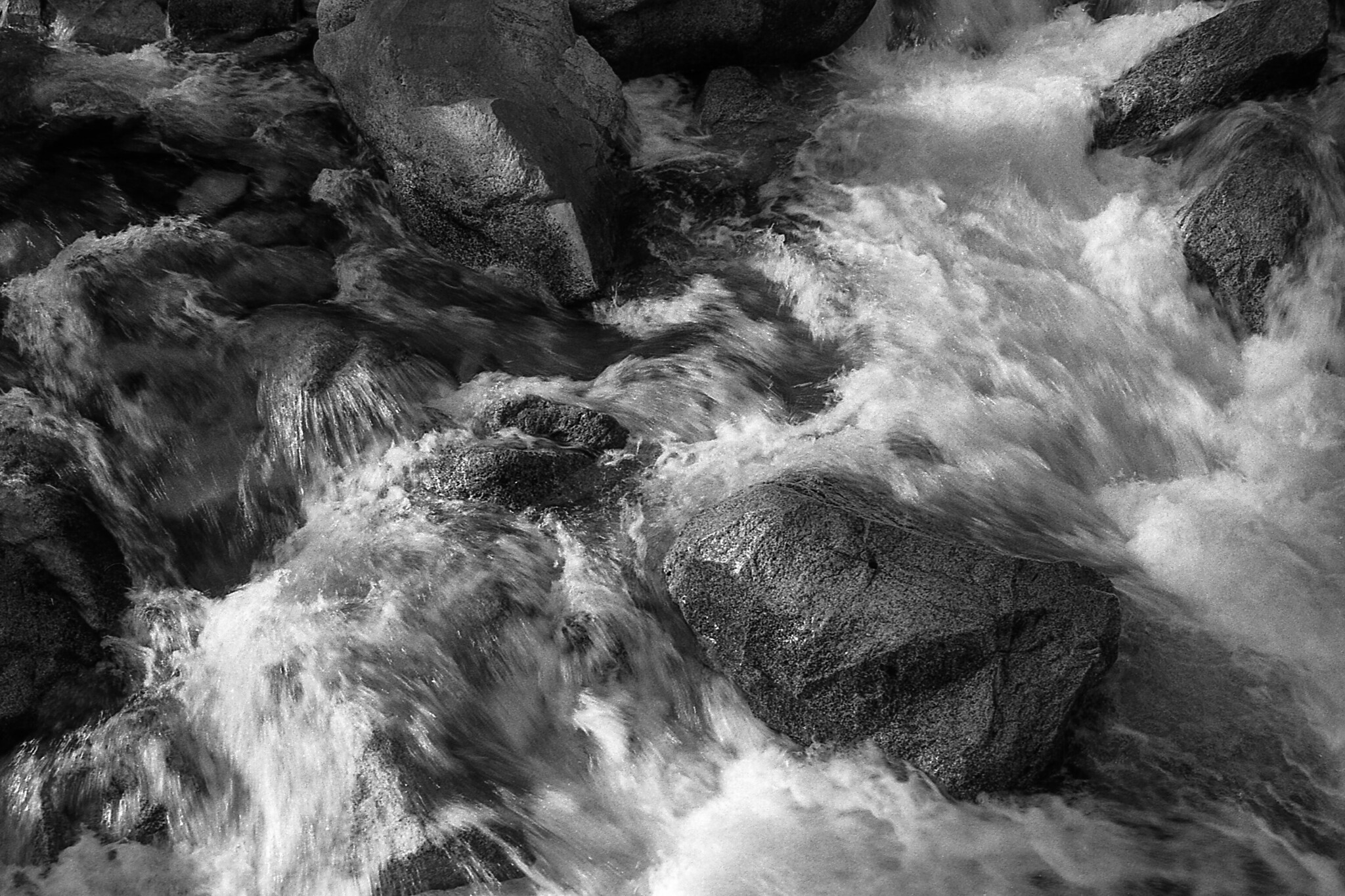 Cascade by Steve Macfarlane, on Flickr
Cascade by Steve Macfarlane, on Flickr
 At Yosemite Falls by Steve Macfarlane, on Flickr
At Yosemite Falls by Steve Macfarlane, on Flickr
 Sand Harbor State Park by Steve Macfarlane, on Flickr
Sand Harbor State Park by Steve Macfarlane, on Flickr Cascade by Steve Macfarlane, on Flickr
Cascade by Steve Macfarlane, on Flickr At Yosemite Falls by Steve Macfarlane, on Flickr
At Yosemite Falls by Steve Macfarlane, on FlickrBingley
Mentor
Cinestill Double X seems to work very well with my Voigtlander Ultron 40mm f2.0 SLIIs on a Nikon SLR:
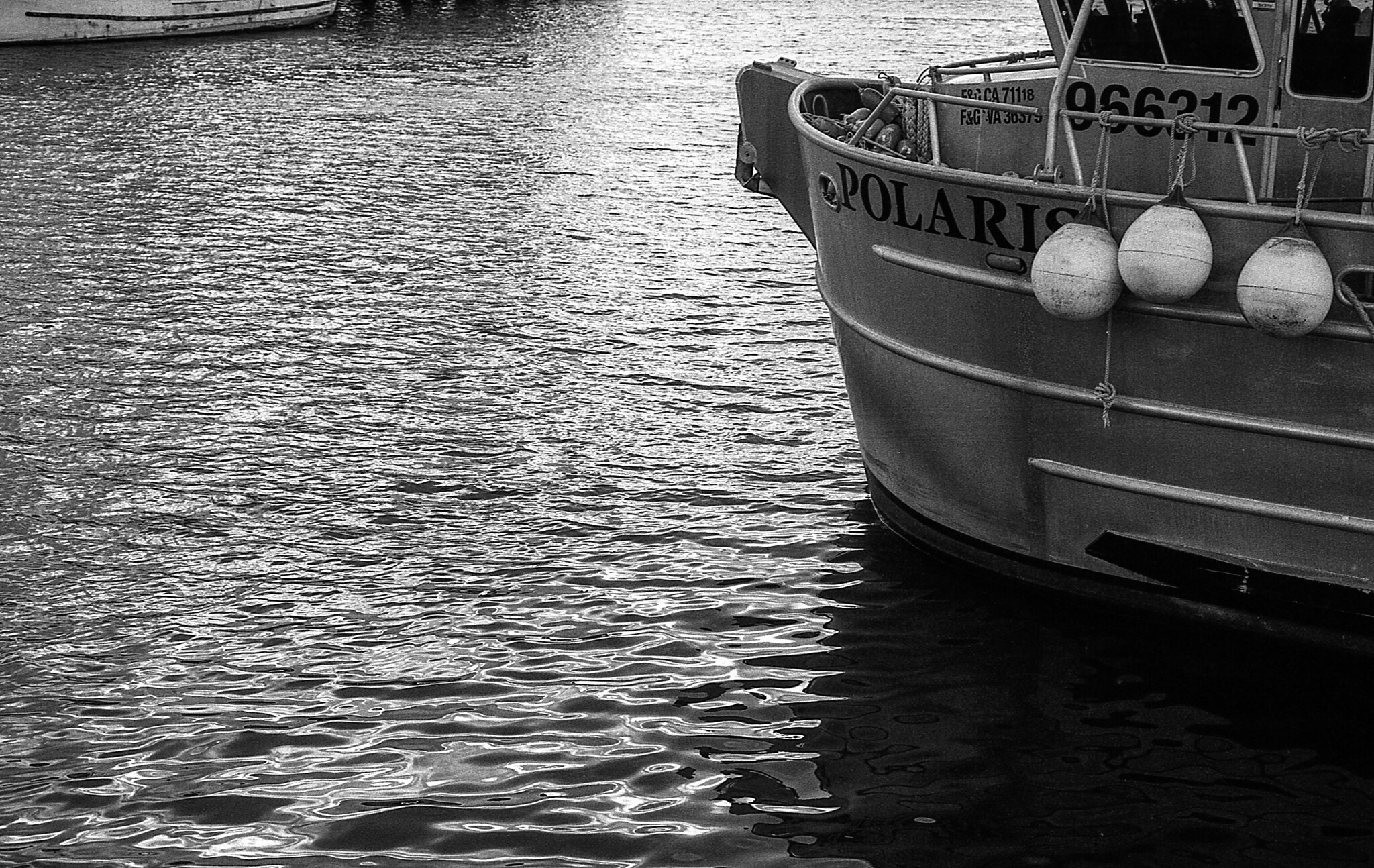 Ripples by Steve Macfarlane, on Flickr
Ripples by Steve Macfarlane, on Flickr
 Coils by Steve Macfarlane, on Flickr
Coils by Steve Macfarlane, on Flickr
 Ripples by Steve Macfarlane, on Flickr
Ripples by Steve Macfarlane, on Flickr Coils by Steve Macfarlane, on Flickr
Coils by Steve Macfarlane, on FlickrNokton48
Mentor
 0471775-R1-E011 by Nokton48, on Flickr
0471775-R1-E011 by Nokton48, on FlickrEastman 5231 is Plus-X Motion Picture Film. Eastman Plus-X 5231 Processed in ADOX Borax Developer. Leica M2, 85mm F1.5 Canon. Recently I've been shooting some 5231 in the Minolta SRT's and SRM's.
Last edited:
dave lackey
Mentor
Ah! I found some Eastman 5222 film in my desk. I had forgotten I had them so now I am ready to ask:
What is the general consensus lately for setting the EI… 80? 100? Other?
Thanks so much!
What is the general consensus lately for setting the EI… 80? 100? Other?
Thanks so much!
Share:
-
This site uses cookies to help personalise content, tailor your experience and to keep you logged in if you register.
By continuing to use this site, you are consenting to our use of cookies.


